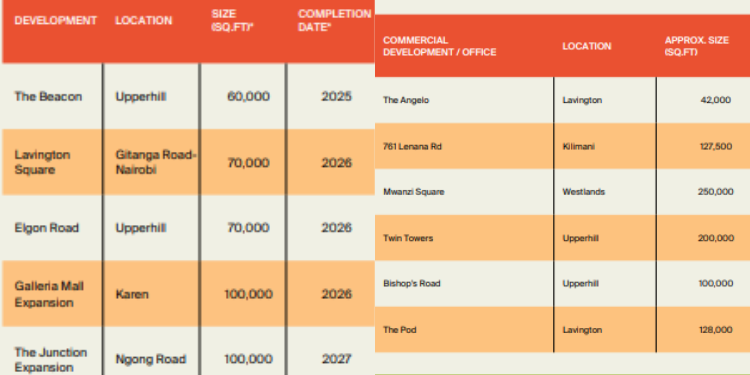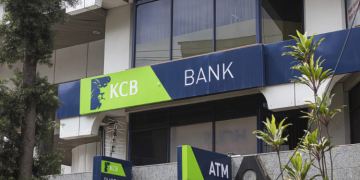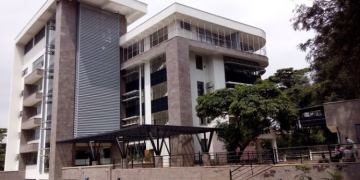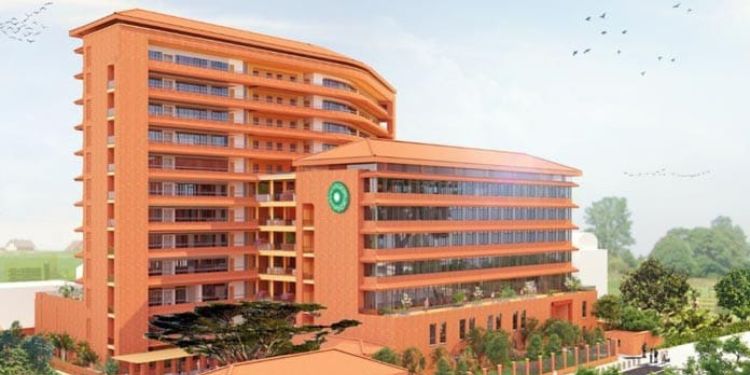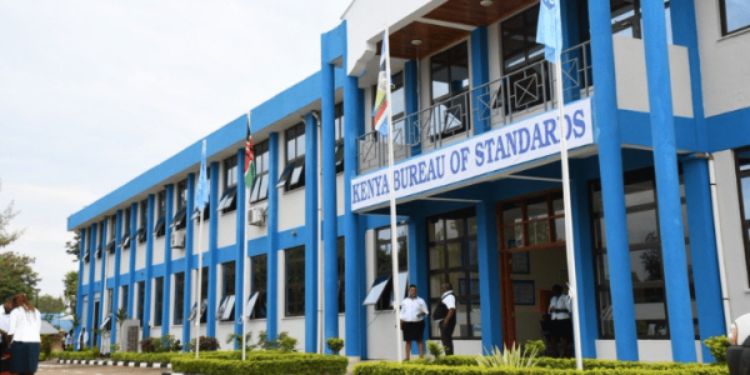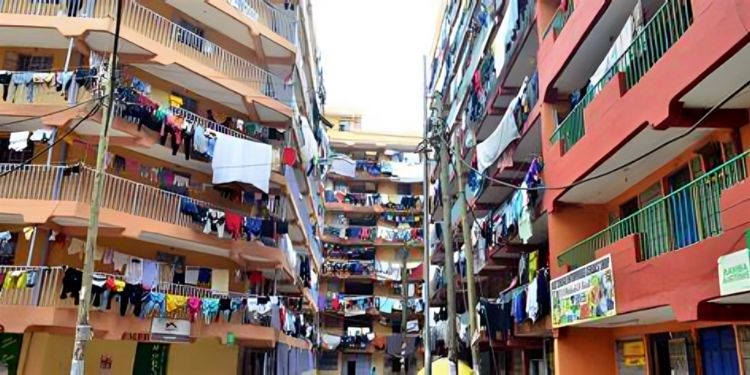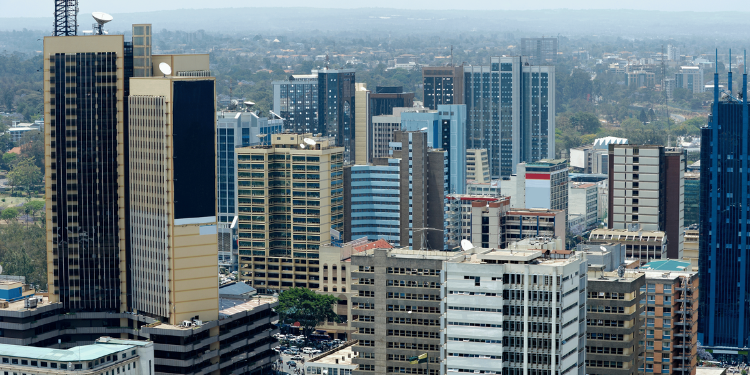Knight Frank Research has published the Kenya Market Update for the first half of 2025. The report examines and reviews the retail, office, residential, hotel & tourism, industrial, and institutional property segments against the country’s economic performance over the period.
In the report, Knight Frank stated that the upcoming establishment of three additional UN headquarters in Nairobi by late 2026 presents a significant demand catalyst.
They anticipate a large influx of new expatriates who will require premium housing.
This expected influx may create upward pressure on prices in the medium term.
According to the report, prime neighbourhoods including Muthaiga, Karen, Kitisuru, Loresho, Spring Valley, and Lavington continue to command premium valuations.
This is due to their exclusivity, security, controlled development, and superior accessibility via the Expressway.
Approved building plans for the first four months of 2025 showed significant growth.
The total approved values increased by over Ksh10 billion year-on-year to reach Ksh70 billion.
Residential developments accounted for 77%, Ksh54.2 billion of this total.
The lending environment showed gradual improvement, with commercial bank credit to the private sector growing 2.0% in May 2025, up from 0.4% in April and a contraction of 2.9% in January.
This recovery aligns with declining lending rates, which averaged 15.28% in June 2025 compared to 16.89% in December 2024.
Why Developers Target Nairobi Middle-Class Areas
Stringent zoning regulations in prime areas limit development to single-family homes, constraining supply growth.
The addressable market remains small, with only 3.53% of Nairobi households classified as upper income.
This limited demand pool, combined with high construction costs, has resulted in minimal new prime residential developments over the past decade.
Consequently, developers are increasingly targeting the more substantial middle-class segment, 25.58% of Nairobi households, particularly through apartment developments in well-serviced urban locations.
Also Read: Govt Warns Companies Offering Cheap Internet in Nairobi Estates
Office Market Resilience
The office market demonstrated resilience during the first half of 2025, with prime office occupancy rates improving from circa 72.7% at the start of the year to 77.7% by June.
Knight Frank said the positive absorption was primarily driven by strong uptake in recently completed developments.
The baseline monthly rent for prime office space remained stable at USD 1.20 per square foot, excluding taxes and service charges.
Grade A Performance Premium office developments continued to indicate strong performance, with The Cube (completed in 2022) maintaining full occupancy.
More recently completed Grade A developments such as Eneo at Tatu City, The Mandrake, Matrix One, and Purple Tower sustained steady leasing interest from tenants, demonstrating that tenants are willing and able to reasonably pay for quality stock.
Also Read: Nairobi Residents in Select Estates Risk Being Homeless After Eviction Notice
Malls & Supermarkets Adopt New Strategy
The research also indicates that major retailers, particularly supermarkets, are shifting their strategies by expanding into residential neighbourhoods.
By bringing services closer to consumers, they aim to sustain engagement and spending, even amid economic pressures.
This shift has particularly affected foot traffic in malls, including well-established ones.
Knight Frank also noted that leading malls such as Sarit Centre, The Junction Mall, and Village Market continue to enjoy occupancy rates above 85% despite reduced footfalls.
This is due to their strategic locations, brand equity, and loyal customer bases.
In contrast, newer malls are focusing on convenience as their unique selling point.
Meanwhile, in the push for convenience, the growing trend among supermarkets to open outlets in standalone residential buildings is also contributing to the gradual decline in mall traffic.
Follow our WhatsApp Channel and X Account for real-time news updates.
